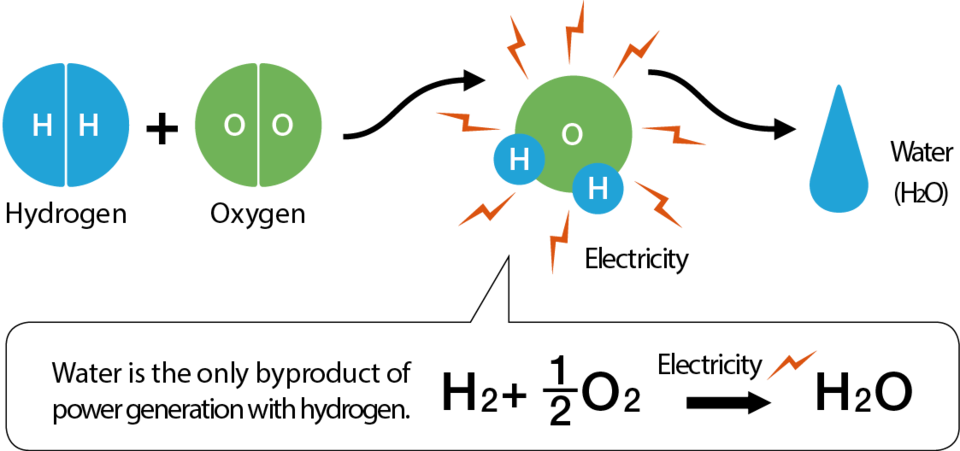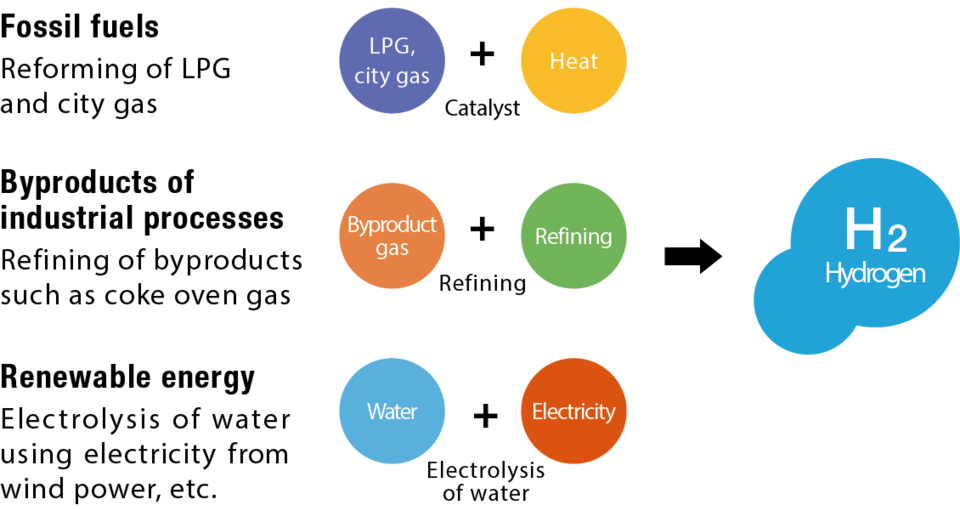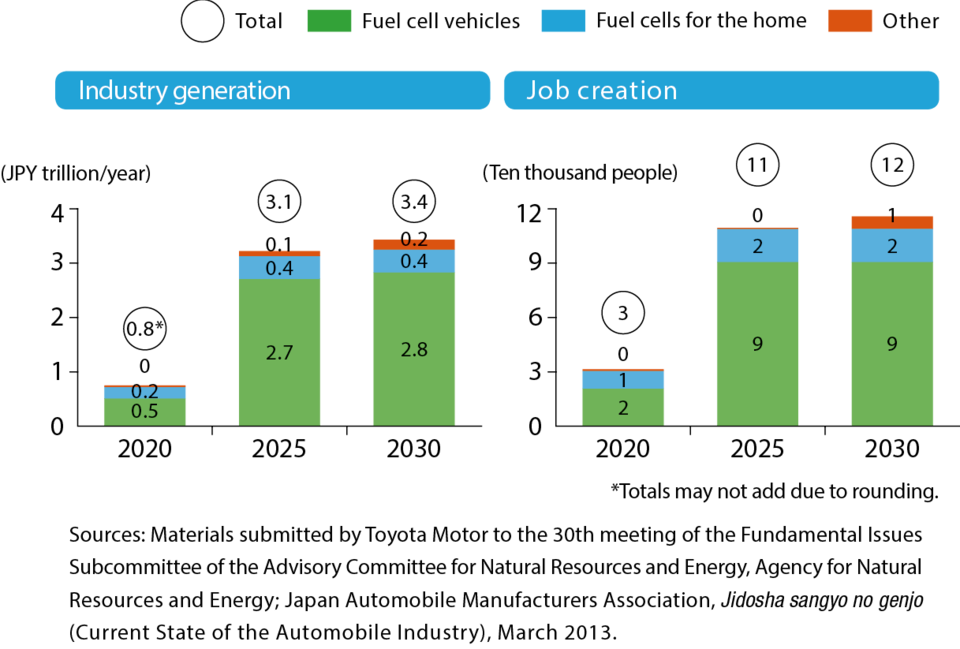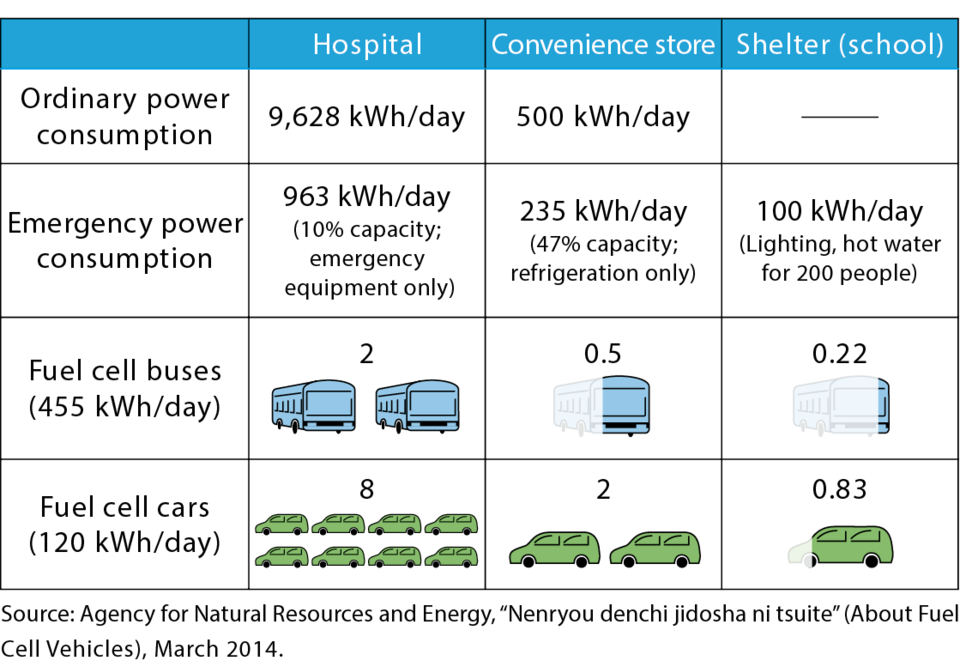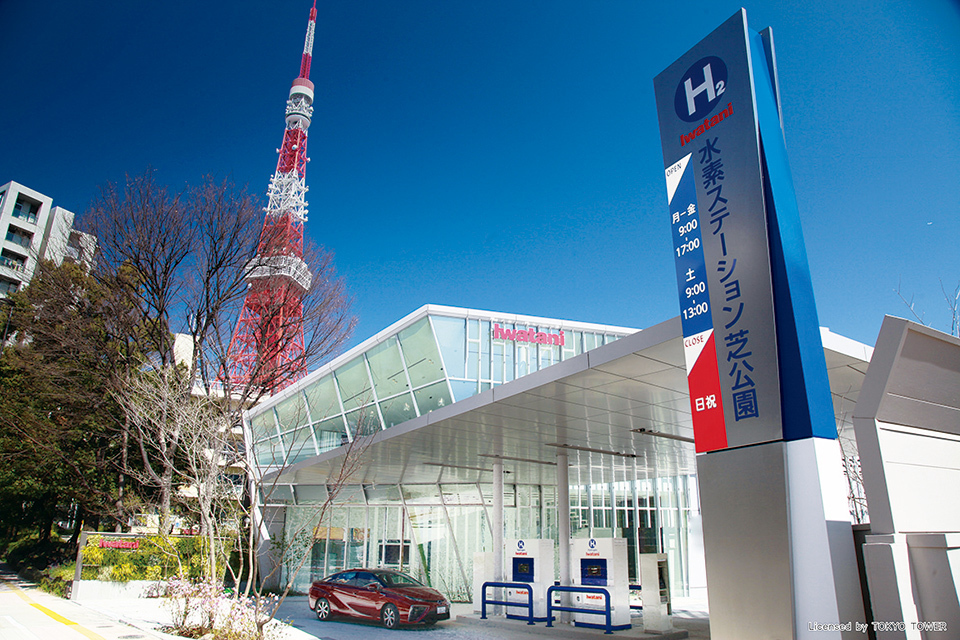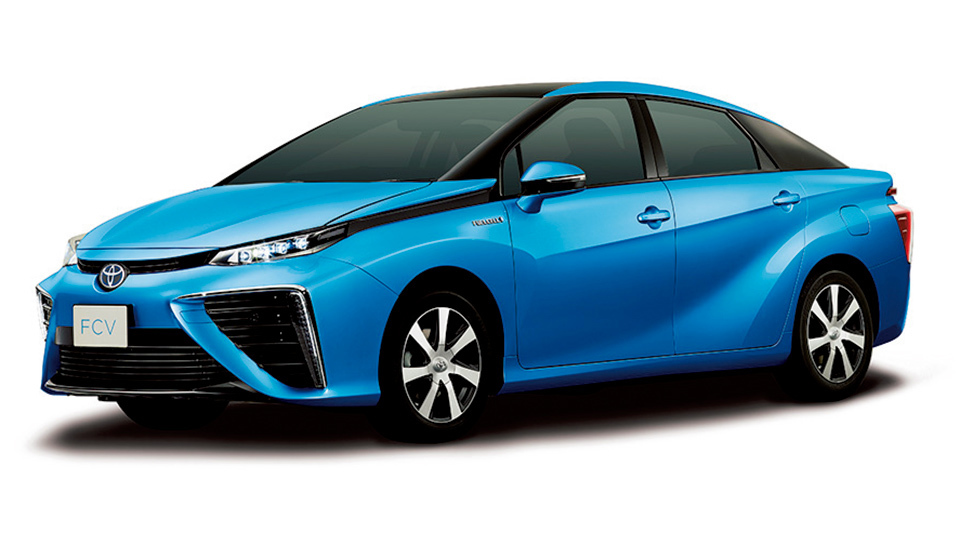With four years to go until the 2020 Tokyo Olympics and Paralympics, the appearance of the host city is already changing bit by bit. But the change with the potentially biggest lasting impact is progressing quietly behind the scenes, as Tokyo Metropolitan Government (TMG) pursues plans to establish a “hydrogen society.”
Tokyo Governor Yoichi Masuzoe declares, “The 1964 Tokyo Olympics left the Shinkansen high-speed train system as its legacy. The upcoming Olympics will leave a hydrogen society as its legacy.” And TMG is already working to make this come true.
Japan took an early lead on the path toward a society that uses hydrogen as a major source of power. For example, hydrogen-powered fuel cell cars were first put on the market by a Japanese automaker. And TMG is actively promoting the use of hydrogen as an energy source with moves including creation of a JPY 40 billion (USD 348 million) fund for setting up hydrogen refueling stations and other infrastructure.
The creation of a hydrogen society aims at achieving four major objectives. First is the reduction of the burden on the environment. Unlike fossil fuels, hydrogen emits only water when burned. So it promises to greatly cut emissions of carbon dioxide. Second is the diversification of energy sources. Hydrogen can be produced with renewable energy sources, and its use will also promote stability in the supply of energy. Third, it will generate beneficial economic ripple effects. The shift to a new energy source will naturally mean new demand and new jobs. And fourth, it can help in coping with natural disasters. Fuel cell cars generate electricity to power their motors using hydrogen from their tanks, and when disasters cause power outages, these vehicles can serve as large-scale movable generators. This adds to the appeal of hydrogen for Tokyo, which is highly conscious of the importance of disaster readiness.
Hydrogen is lighter than air and disperses quickly, so it will not ignite except under a limited set of conditions, such as when kept at a certain concentration in a closed space. Given these characteristics, it can be handled in the same way as gasoline and city gas (natural gas).
One issue is the high cost of the initial investments required. For example, setting up a standard hydrogen fueling station costs some JPY 500 million (USD 4.3 million), five times the cost of an ordinary gas station. TMG is thus focusing on financial assistance in this area. By taking advantage of support from both the national and metropolitan governments, it has become possible to install one of these fueling stations for a net cost of JPY 100 million (USD 870,000). The metropolitan authorities aim to increase the number of such stations, currently 8, to 35 by 2020. This will make it possible to reach a station within 15 minutes from most places in the metropolis. TMG is also aiming to have 6,000 fuel cell cars on the roads and increase the number of fuel cell buses operating in Tokyo to over 100 in advance of the Olympics and Paralympics
Shifting to hydrogen leads to a significant cut in airborne pollutants and allows cars to run much more quietly. Fuel cell vehicles do not look radically different from ordinary ones, and in that sense hydrogen may be considered a realistic next-generation energy source that can be readily accepted. Let us look forward to 2020, when Olympic and Paralympic athletes will compete in a Tokyo that will be cleaner and quieter thanks to hydrogen.
TMG Bureau of Environment official website
1. Reduction of the burden on the environment
When hydrogen is used as a power source, the only byproduct is water; no carbon dioxide is emitted.
2. Diversification of energy supply sources
Hydrogen can be produced from various resources, such as wood biomass.
3. Major economic ripple effects
Hydrogen-related industries are pools of technological strength, producing economic ripple effects.
4. Contribution to disaster readiness
Hydrogen can be used as a source of energy for emergency power generation when regular power supplies are cut off by disasters.
Numbers of fuel cell buses or cars required to provide one day's emergency power






































































































